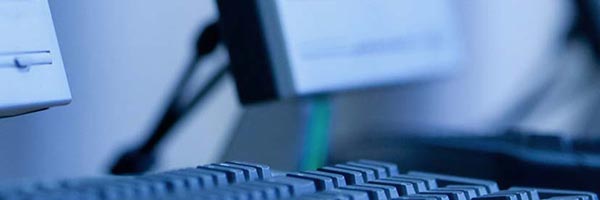
Digital Imaging
No. You can use the same work station for other applications, but the digital imaging (DI) workstation must have the requisite hardware and software requirements as defined on the Equipment Requirements list.
Your organization will be able to produce a check copy on the printer attached to your Digital Imaging Workstation.
To do this you will need a printer with at least 4 MB of memory and a specific software application (see Equipment Requirements list for full details).
Fiscal Service will also provide hard copies of images a Federal Program Agency is authorized to access at the agency's request. The request may be made via on-line or batch processing.
Yes. Digital images will show both the front and back of the check.
The minimum speed at which the system will operate is 14,400, but 28,800 or higher is recommended (see Equipment Requirements list for full details).
No. Once an image is located on the DI platform, anyone who has the proper access profile may view the check image.
When someone from the field or regional office requests an image, that person will also be able to view the image.
A person at headquarters may also view the image if PACER On-Line security access allows him/her to do so. Security access is dependent upon the clearance provided for a particular employee by agency management which is transmitted to Fiscal Service via an Access Profile.
The FRS maintains the archive of the negotiated Treasury check images.
As on-line requests for images are received from our customers, Fiscal Service will place them in a queue and at least once an hour, send them to the FRS for retrieval.
Fiscal Service customers will be able to submit on-line requests for digital check images Monday through Friday between the hours of 6:00 a.m. Eastern Time (ET) and 12:00 p.m. ET. Batch requests (via tape or telecom) from our customers will also be accepted and will be processed overnight.
This gives agencies the ability to request DIs either on-line for quicker response or via batch requests for overnight work. We anticipate that the largest group of requests will be made via batch processing.
The location of the connectivity to request and obtain images is Hyattsville, Maryland, where one of Fiscal Service's Computer Centers is located.
Currently, there are no plans to impose limits on the number of images that may be requested.
The number of images that may be transferred and viewed by an agency in any given time period is dependent on the modem speed used to access PACER On-Line.
The average compressed size of each check image is 40K. This includes both the front and the back of the check.
Fiscal Service does not charge an agency to utilize PACER On-Line. Agencies may incur costs for the requisite hardware and software (see Equipment Requirements list).
The main charge to the user will be for telephone line usage charges incurred while on-line, receiving or transmitting information.
There is no charge for DIs of checks that are less than 18 months old (since the check was issued). The only charge payable to Fiscal Service will be a charge for check images that are older than 18 months (following the date of issuance) which is also done in today's environment.
The current cost is $5.50. Fiscal Service has developed a cost strategy for check copies in an imaging environment.
The time for receiving a digital image depends on how the image is requested (either on-line or batch), how long the image has been on the FRB Archive, and whether the image has ever been requested before.
Images that have been requested before and are resident at the Fiscal Service DI platform will be available IMMEDIATELY.
Images that have been archived by the FRB in the preceding 6 months will normally be available within a few hours.
Images that have been archived for more than 6 months will be available within 24 hours of the request.
No. PACER On-Line provides digital images for checks issued on or after the date production began. For checks that were produced prior to PACER On-Line operation, requests for copies of checks will be handled the same as they are today.
